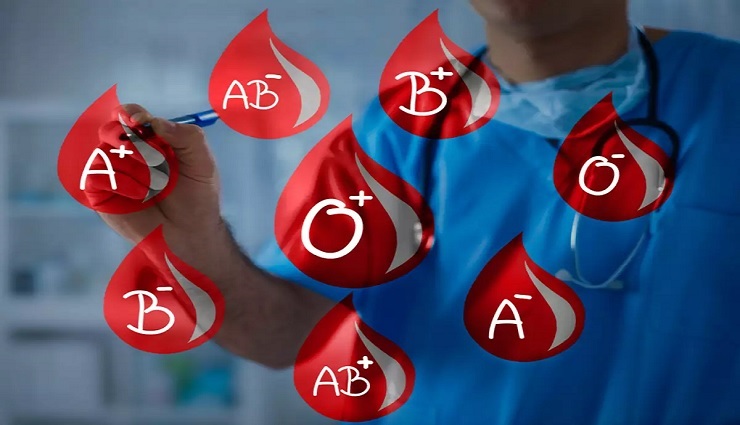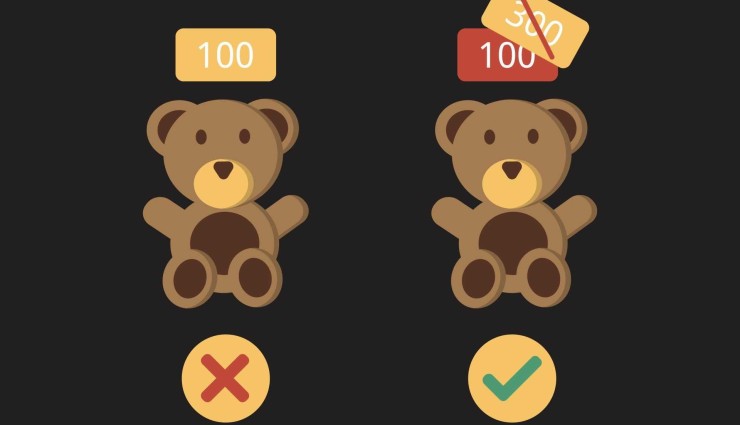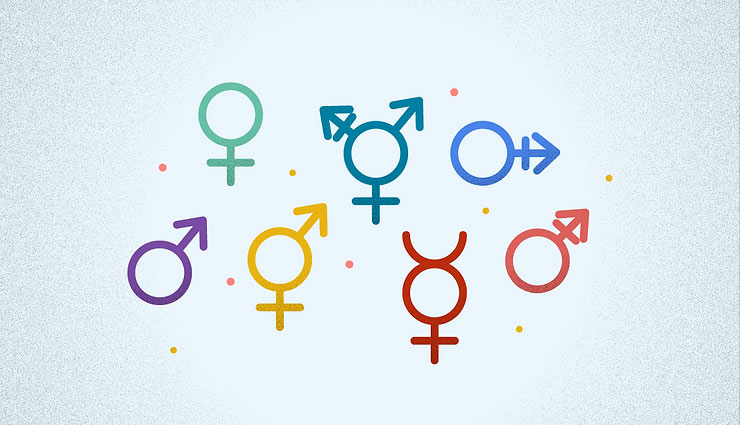What is the blood group relationship between parents and children? Which parent determines the child’s blood group? How to predict the blood type of the fetus? Stay with us to get answers to these questions and learn more about the kinds of blood types and how they are passed from parent to child.
What is blood type?
There are about 4 to 6 liters of blood in the human body. Blood contains different types of cells that float in plasma, including:
- Red blood cells deliver oxygen to different body tissues and remove carbon dioxide.
- White blood cells: These cells attack infectious and pathogenic agents.
- Platelets: help in blood clotting.
- Plasma: It consists of proteins and salts.
The combination of protein molecules that create antigens and antibodies in the blood makes the unique characteristics of each person’s blood. Antigens are located on the surface of red blood cells, and antibodies circulate in the plasma. The combination of antigens and antibodies determines the blood group.
Although at least 33 blood classification systems exist, two are the most common: AOB and RH, positive or negative. The combination of these groups creates eight blood groups, including:
- A+
- A-
- B+
- B-
- AB+
- AB-
- O+
- O-
Which parent determines the child’s blood type?
Short answer: Both parents determine the child’s blood group.
How can a mother with blood type B and a father with blood type A have a child with blood type A? So what happened to blood group B from the mother’s side? Does this mean that the child only received the father’s blood group? The answer is negative. Both egg cells and sperm play a role in determining blood group. To understand the blood group relationship between parents and children, it is good first to know how the blood group is inherited.
What is the blood group relationship between parents and children?
The blood group has a similar inheritance pattern to many genetic characteristics and diseases. Each parent transfers one gene to their child, and the child’s blood group will combine them. Blood group genes A and B are dominant; they always appear. The third gene (O) is recessive; if combined with a dominant gene, A or B, it remains hidden. If a recessive gene is combined with another recessive gene, it occurs. If the child’s gene is OO, his blood group will be O. Of course, for this gene to appear, it must have received an O gene from each parent.
Different genetic combinations appear in the form of these blood groups:
- If the received genes are AA or BB: If the mother transmits the A gene and the father transmits the A gene, the child’s blood group will be A. The same goes for blood type B. Children with the BB gene will have a B blood type.
- If the received genes are AB: If one parent transmits gene A and one parent transmits gene B to the child, his blood group will be AB. It doesn’t matter which gene is from the mother or father; in any case, the result will be fixed. This is because both genes, A and B, are dominant.
- If the inherited genes are AO and BO: What if one parent transmits the A gene and one parent transmits the O gene? Genes A and B are both dominant, and gene O is recessive. In other words, the O gene is off, and only the A and B genes determine the blood group. People with AO and BO genes will have blood types A and B, respectively.
- If the received genes are OO: If the child gets an O gene from both parents, the child will have an O blood type.
It is interesting to know that if a person has blood type A, a routine blood test will not tell whether his gene is AO or AA. Of course, this difference is not essential in regular medical care, and only blood type is necessary.
Positive and negative blood group
The positive or negative Rh gene determines the positive or negative blood group. Between these two genes, Rh vivacious is dominant; that is if a child receives a positive gene and a negative gene, his blood type will be positive.
What is the importance of blood group compatibility of mother and child during pregnancy?

A positive or negative blood type usually does not affect health, but it can play an essential role in pregnancy. Special care is needed if the mother’s blood group is negative, but the child’s blood group is positive. The reason is that the blood cells of the positive group enter the bloodstream of the mother’s negative group and create an immune reaction. This reaction produces antibodies that attack the baby’s Rh-positive red blood cells. This means that the blood group of the mother and child are incompatible.
The doctor always suggests a blood group test and Rh screening during the mother’s first pregnancy visit. If the mother has a negative blood group, the doctor will repeat the test at the next prenatal visit to check for antibodies against the Rh protein. This result shows that the child’s blood group is positive.
If the doctor determines the possibility of Rh factor incompatibility, the mother should be closely monitored and take extra care during pregnancy. Although the blood of the mother and the baby do not usually mix during pregnancy, a small amount of the blood of the mother and the baby come into contact during childbirth. So if there is an incompatibility, the mother’s body can fight it by producing antibodies against Rh.
These antibodies do not cause problems in the first pregnancy with a child with a positive blood group, but they can cause problems in subsequent pregnancies, especially if the child has a positive blood group. In this case, the mother’s antibodies can damage the fetus’s red blood cells. The baby may need a blood transfusion in the womb or soon after birth.
Treatment of blood group incompatibility of mother and child
If incompatibility is detected, the doctor prescribes Rogam medicine (immunoglobin Rh) in the third month of pregnancy. If the baby’s blood group is positive, Rogam medicine must be repeated within 72 hours after delivery. Rogam contains IgG antibodies related to Rh, so the mother’s body will not respond to Rh-positive cells, and she will not develop anti-Rh antibodies.
final word
The blood group relationship between parent and child is essential. Children inherit their blood group directly from their parents, and both parents have a role in determining their child’s blood group. Understanding blood group relationships helps you and your doctor to be aware of blood incompatibilities during pregnancy and to take timely treatment if it occurs.
Warning! This article is only for educational purposes; to use it, it is necessary to consult a doctor or specialist.



